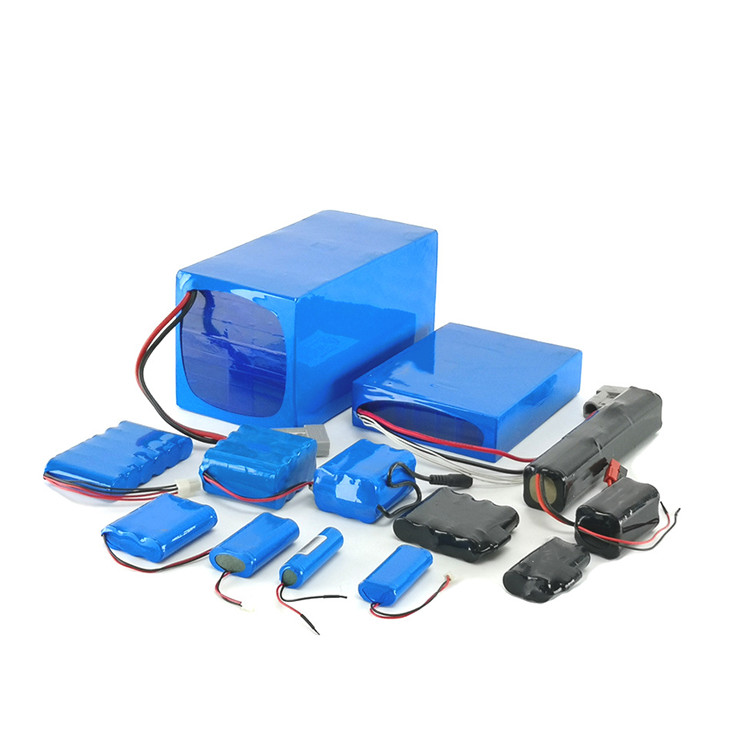Lithium battery performance test project
October 19, 2023
The battery is the main power source of the product. It can drive the operation of the equipment. Using testing tools to conduct detailed testing of the battery can ensure the safety of the battery and prevent the battery from spontaneous combustion and explosion due to excessive temperature. Cars are everyone’s main concern. Vehicles are used very frequently. Therefore, in order to ensure the safety of drivers, battery testing is imperative. The testing method is to simulate various accident situations, determine whether the quality of the battery is qualified, and observe whether the battery will appear. The phenomenon of explosion can be effectively avoided by using these tests and maintaining stability.
1. Cycle life
The number of cycles of a lithium battery reflects how many times the battery can be repeatedly charged and discharged. Depending on the environment in which lithium batteries are used, cycle life can test the cycle life of the battery at low temperatures, normal temperatures, and high temperatures. Usually, the battery disposal standards are selected based on the purpose of the battery. If the battery is used in power batteries (electric vehicles, electric forklifts), etc., the discharge capacity maintenance rate of 80% is generally selected as the standard parameter for disposal. If the battery is used for energy storage, Electricity storage, etc. can be relaxed to 60%. For the batteries we often come into contact with, if the discharge capacity/initial discharge capacity is less than 60%, there is no need to use it and it will not last for half a day.
2. Magnification
Nowadays, lithium batteries are not only used in 3C, but are also increasingly used in power batteries. Electric vehicles need to convert current when driving under different working conditions. In today’s fast-paced life, the shortage of electric vehicle charging piles has placed increasing demands on fast charging of lithium batteries. Therefore, the rate performance of lithium batteries needs to be tested. Testing can be carried out according to the national standard of power batteries. Nowadays, battery factories at home and abroad are producing special high-rate batteries to meet market needs. The design of high-rate batteries can start from the types of active materials, electrode area density, compaction density, tab selection, welding process and assembly process.
3. Safety test
Safety can be said to be a matter of great concern to battery users. Whether it is the explosion of mobile phone batteries or the fire of electric vehicles, it is enough to make people frightened. The safety of lithium batteries is an item that must be inspected. The safety inspection includes overcharge, over-discharge, short circuit, drop, heating, vibration, extrusion, acupuncture, etc. However, according to the lithium battery school, These safety tests are all passive safety tests, which means taking a battery and letting foreign objects actively damage the battery to test whether the battery is safe enough. When submitting for inspection, the batteries and modules need to be designed accordingly for safety inspection. However, during actual use, for example, if the electric vehicle loses control and hits other vehicles or objects, it is an irregular collision and may face The situation is more complicated, but the cost of testing is higher, so you can only choose relatively reliable test content.
4. Discharge at low temperature and discharge at high temperature
The effect of temperature on the discharge performance of the battery is directly reflected in the discharge capacity and discharge voltage. As the temperature decreases, the internal resistance of the battery increases, the electrochemical reaction speed slows down, the polarization internal resistance increases rapidly, and the battery discharge capacity and discharge platform decrease, affecting the battery power and energy output.
For lithium-ion batteries, the discharge capacity drops sharply under low temperature conditions, but the discharge capacity at high temperatures is not lower than that at normal temperature, and sometimes is slightly higher than the normal temperature capacity. This is mainly due to the accelerated migration of lithium ions at high temperatures. Lithium electrodes are not like nickel The electrode, like the hydrogen storage electrode, decomposes or forms hydrogen gas at high temperatures, resulting in a decrease in capacity. When the battery module is discharged at low temperature, as the discharge proceeds, heat is generated due to resistance and other reasons, causing the battery temperature to rise, which is manifested as a rise in voltage. As the discharge proceeds, the voltage gradually decreases.
Currently, the batteries on the market are mainly ternary batteries and lithium iron phosphate batteries. The ternary batteries are unstable due to the structural collapse of the material at high temperatures. They are much less safe than lithium iron phosphate batteries, but their energy density is It is also higher than lithium iron phosphate, so the two systems are coexisting and developing.








 Sales
Sales Sales
Sales Sales01
Sales01
 Sales Manager
Sales Manager